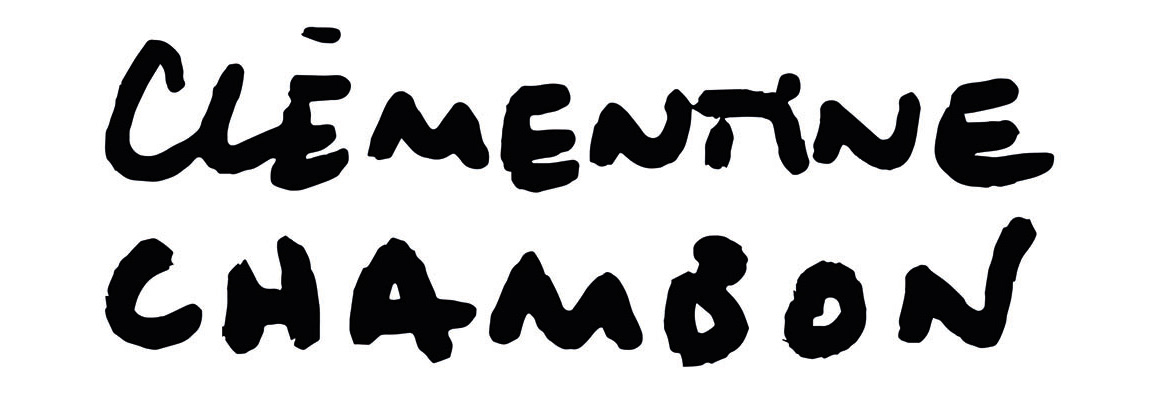J’ai rencontré un homme qui avait un arbre dans sa rue. Le jour où cet arbre a été abattu, l’homme est tombé en dépression. Notre lien à la nature est-il si profond que sa simple proximité structure nos pensées, façonne notre manière d’appréhender le monde ? Est-il possible que nous devenions le paysage dans lequel nous vivons ?
Cette série de toiles libres a été créée en préparation du projet de réaménagement de la cour de l’école maternelle Dolto. Elle s’inscrit dans la thématique Devenir paysage, et j’ai eu le désir de la photographier dans la garrigue toute proche de mon atelier. En superposant les paysages, j’ai voulu faire apparaître des dimensions plus secrètes — comme une archéologie révélant des formations géologiques anciennes, ou les traces effacées de constructions imaginaires. Je voulais aussi raconter la notion de paysage intime, ce qui se perçoit à l’envers de ce que l’on voit. Certaines peintures, par l’usage du motif, évoquent la façon dont le chant des oiseaux, en se répondant d’un arbre à l’autre, ouvre une profondeur nouvelle dans le ciel. D’autres, baignées d’ocres rouges, semblent s’embraser. Elles racontent la chaleur écrasante, le cri assourdissant des cigales, qui recouvre sans nuance tout l’espace de la terre et des branches — quand il n’en reste plus que des épines.
I met a man who had a tree on his street. The day that tree was cut down, the man fell into a depression. Is our connection to nature so deep that its mere proximity shapes our thoughts, and the way we perceive the world? Is it possible that we become the landscape in which we live?
This series of free-form paintings was created in preparation for the redevelopment project of the courtyard at Dolto nursery school. It falls under the theme Becoming Landscape, and I felt the urge to photograph it in the nearby garrigue, close to my studio. By layering landscapes, I wanted to reveal more secret dimensions—like an archaeology uncovering ancient geological formations, or the fading traces of imaginary structures. I also wanted to speak of the notion of an intimate landscape, of what is perceived in reverse of what is seen. Some paintings, through the use of pattern, evoke the way birdsong, echoing from tree to tree, opens a new depth in the sky. Others, steeped in red ochres, seem to catch fire. They speak of the overwhelming heat, the deafening cry of cicadas, which blankets the entire space of earth and branches—when nothing is left but thorns.
